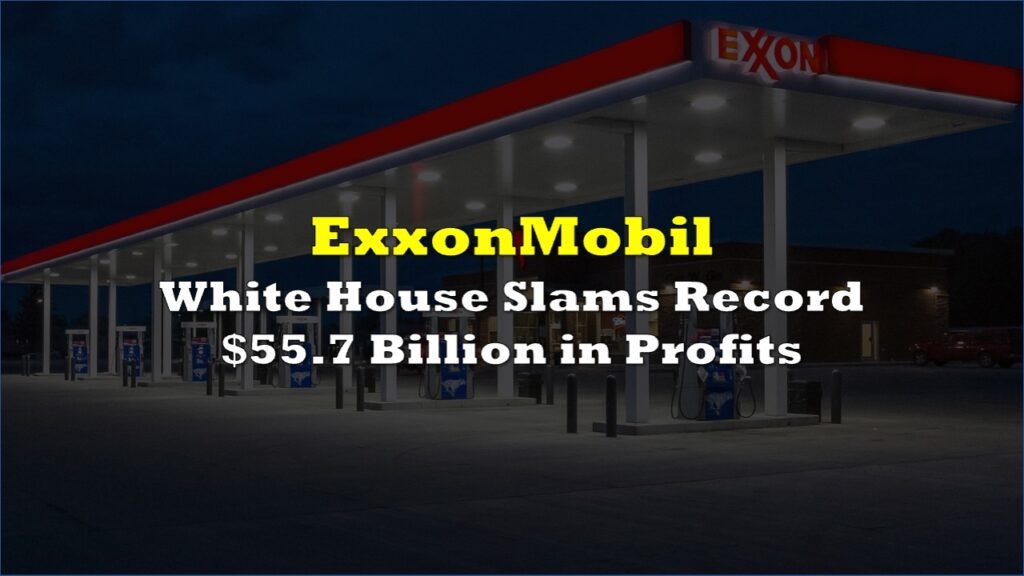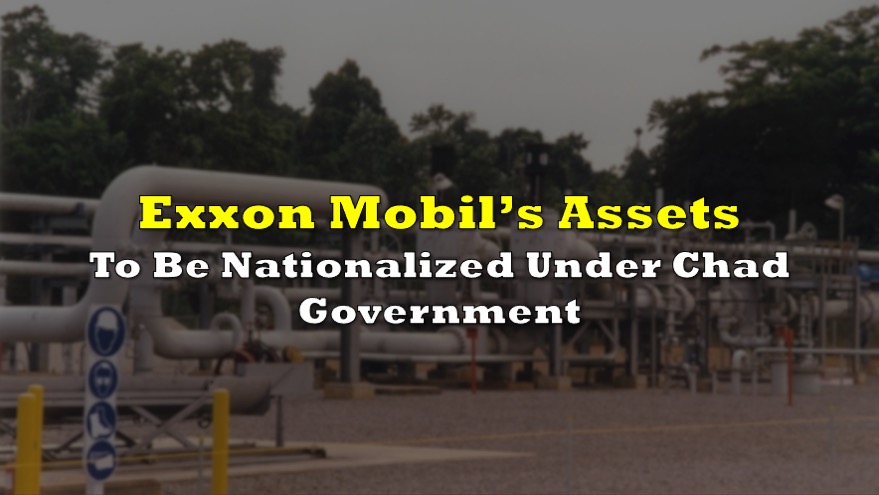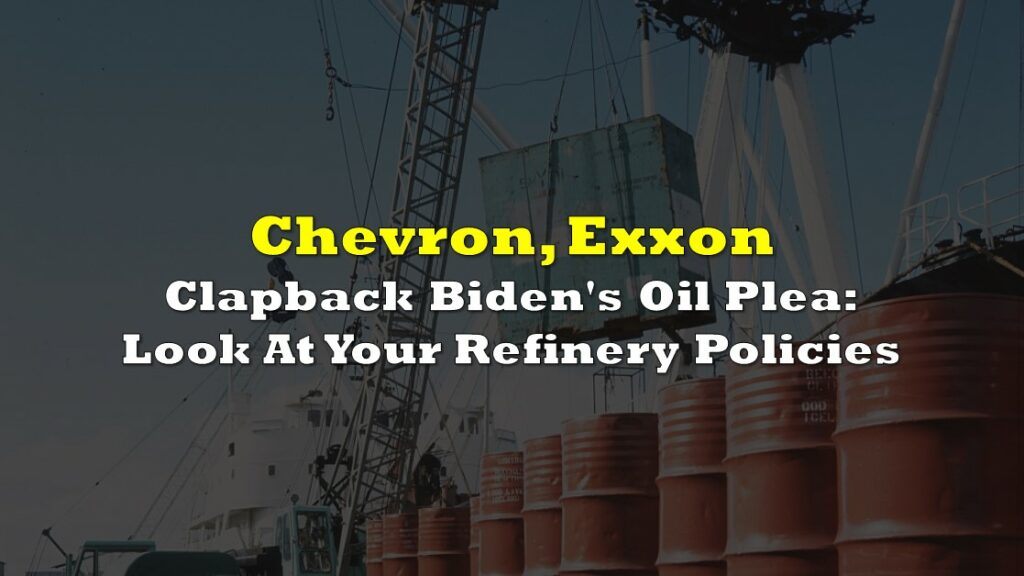ExxonMobil (NYSE: XOM) is making waves in the energy sector with its bold plans to boost capital expenditures and maintain a dominant market position, all while sending mixed signals about the scale of its oil and gas expansion.
The newly unveiled strategy underscores its commitment to significant capital investments over the coming years. The company plans to increase capex from $26 billion in 2024 to $27–$29 billion in 2025, with further increases to $28–$33 billion annually from 2026 to 2030. This ambitious spending will primarily target high-return oil and gas projects, as well as early-stage ventures dependent on market maturation.
By 2030, Exxon projects a return on capital employed (ROCE) of 17%, reflecting strong confidence in its ability to deliver substantial profits. Additionally, the company is allocating $30 billion to lower-emissions initiatives, provided market and policy conditions align favorably.
Assuming reasonable market conditions, Exxon plans to continue shareholder buybacks at a staggering rate, with $20 billion earmarked for 2025 and 2026, following $19 billion in 2024. Such buybacks indicate Exxon’s intent to keep shareholders happy even as it commits to long-term investment in fossil fuels.
BIG OIL STRATEGY: In an strategic update, ExxonMobil is doubling down on oil and gas despite low prices, boosting its capex in 2025 and even higher in 2026-2030 (promising a very, very strong RoCE by 2030) #OOTT $XOM pic.twitter.com/ZuQHOIAgAb
— Javier Blas (@JavierBlas) December 11, 2024
Exxon’s expansion plans come as the company solidifies its position as the dominant force in the energy market. Bloomberg data shows Exxon’s market capitalization now exceeds the combined value of Chevron and Shell, bolstering its confidence to invest heavily in future projects.
Or maybe not
Despite its headline-grabbing plans, Exxon’s actual spending trajectory is less straightforward. Critics argue that Exxon’s acquisition of Pioneer Natural Resources (NYSE: PXD) illustrates a reduction in net spending rather than an aggressive push to flood the oil market.
Before its acquisition, Pioneer was spending $4.5 billion annually on drilling and completing wells. Exxon’s integration of Pioneer has reportedly slashed this budget by $1 billion. Energy analyst Josh Young points out, “Reality: Exxon is actually cutting net capex by ~$1 billion,” suggesting the company’s supposed expansion may be more restrained than it appears.
Narrative: Exxon is going to flood the oil market as it spends billions more on drilling and completing new wells
— Josh Young (@Josh_Young_1) December 11, 2024
Reality: Pioneer was spending $4.5 billion per year before Exxon bought them. Exxon is actually cutting net capex by ~$1 billion.
Exxon’s apparent caution could reflect its response to a volatile oil market. While the company’s market capitalization has surged, oil prices remain under pressure. By controlling spending and focusing on profitable projects, Exxon may be hedging against market instability while signaling confidence to investors.
Furthermore, Exxon has pledged $30 billion for lower-emissions technologies, such as carbon capture and storage, indicating that the company is exploring ways to diversify its portfolio. However, environmental critics argue these efforts are insufficient compared to the urgent need to transition away from fossil fuels.
Information for this story was found via the sources mentioned. The author has no securities or affiliations related to the organizations discussed. Not a recommendation to buy or sell. Always do additional research and consult a professional before purchasing a security. The author holds no licenses.









